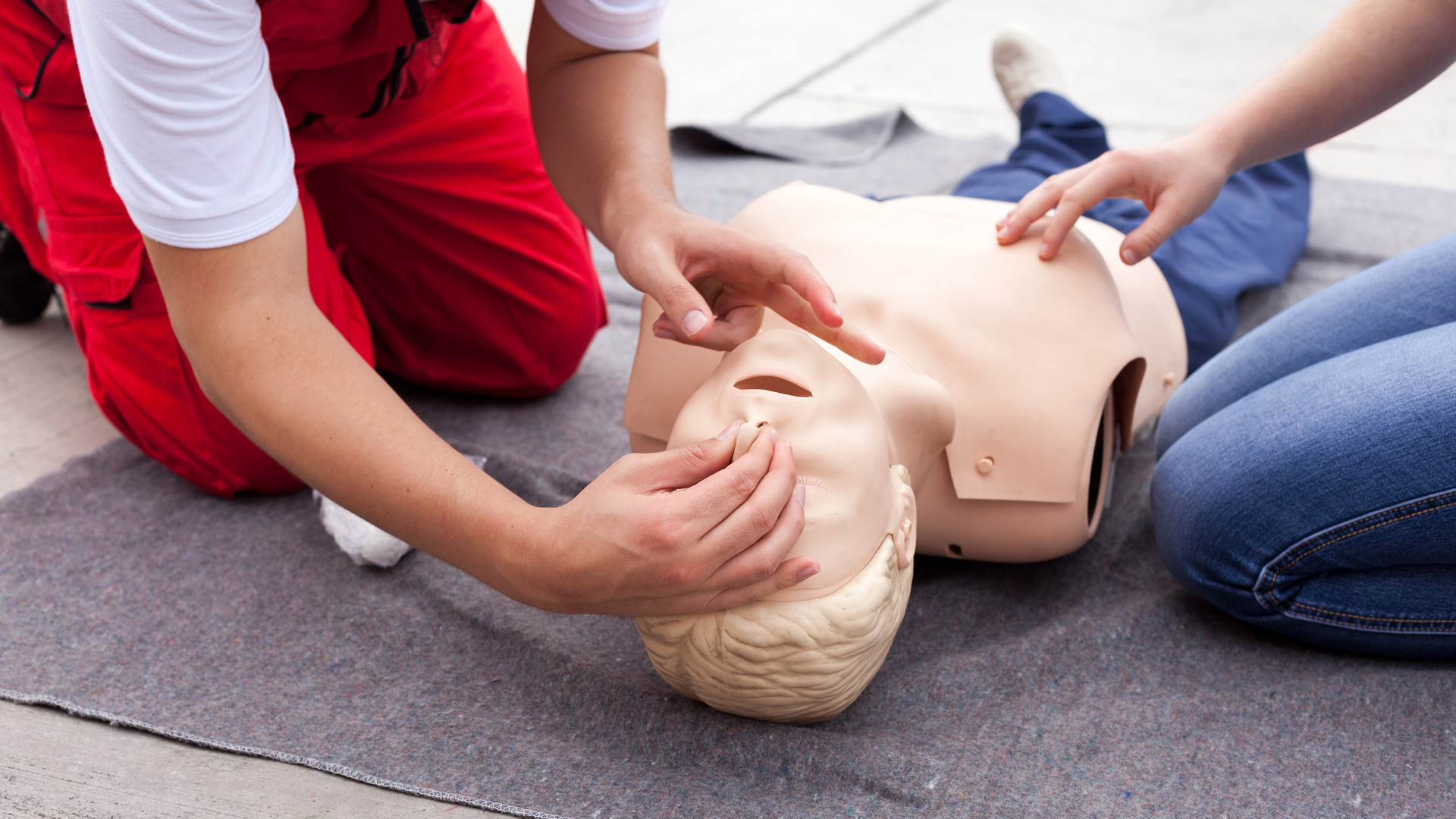First aid refers to the immediate and initial assistance given to someone injured or suddenly falling ill before professional medical help can arrive. The primary goal of first aid is to stabilize an injured or ill person, prevent the condition from worsening, and provide initial care to promote recovery.
What is a first aid course?
A first aid course is a structured educational program designed to teach individuals the skills and knowledge needed to provide immediate and effective assistance to someone who has been injured or suddenly falls ill. These courses are typically offered by certified organizations, such as the American Red Cross, St. John Ambulance, or local health authorities, and are conducted by trained instructors.
What does the course cover?
First aid courses cover a wide range of topics and skills to prepare participants for various emergencies. The course’s content can include:
- Basic Life Support (BLS). It includes CPR techniques for adults, children, and infants, as well as techniques for providing rescue breaths and chest compressions.
- First Aid techniques. Teach participants how to manage bleeding, wounds, burns, fractures, and other common injuries.
- Choking relief. Techniques to assist someone who is choking and unable to breathe.
- Shock management. How to recognize and manage shock, which can occur due to trauma or severe medical conditions.
- Allergic reactions. Administering epinephrine auto-injectors and providing care for allergic reactions.
- Seizure response. How to respond to seizures and provide support to the affected individual.
- Environmental emergencies. Dealing with heatstroke, hypothermia, and other weather-related conditions.
- Poisoning and ingestion. Recognizing and responding to cases of poisoning or ingestion of harmful substances.
- Emergency action plans. Developing plans for specific emergency scenarios and knowing when to call for professional medical help.
- Injury prevention. Educating participants on safety measures to reduce the risk of accidents and injuries.
- Legal and ethical considerations: Explaining the legal and ethical aspects of providing first aid, including Good Samaritan laws.

First aid courses are offered at various levels, ranging from basic to advanced. The first aid courses are tailored for audiences, such as:
- parents
- teachers
- healthcare professionals
- workplace teams
The courses typically involve a combination of theoretical knowledge and practical hands-on training, often including scenarios and simulations to practice the skills in a controlled environment.
Completing the first aid courses equip individuals with the confidence and skills needed to respond effectively in emergencies, potentially saving lives and reducing the severity of injuries. It is recommended to renew and refresh these skills periodically through refresher courses, as guidelines and techniques may evolve. Getting updated on everything in first aid methods and approaches help you know what to do in times of emergencies.
Complete the first aid courses and get a certificate for future use, even for future employment.

Comments are closed, but trackbacks and pingbacks are open.